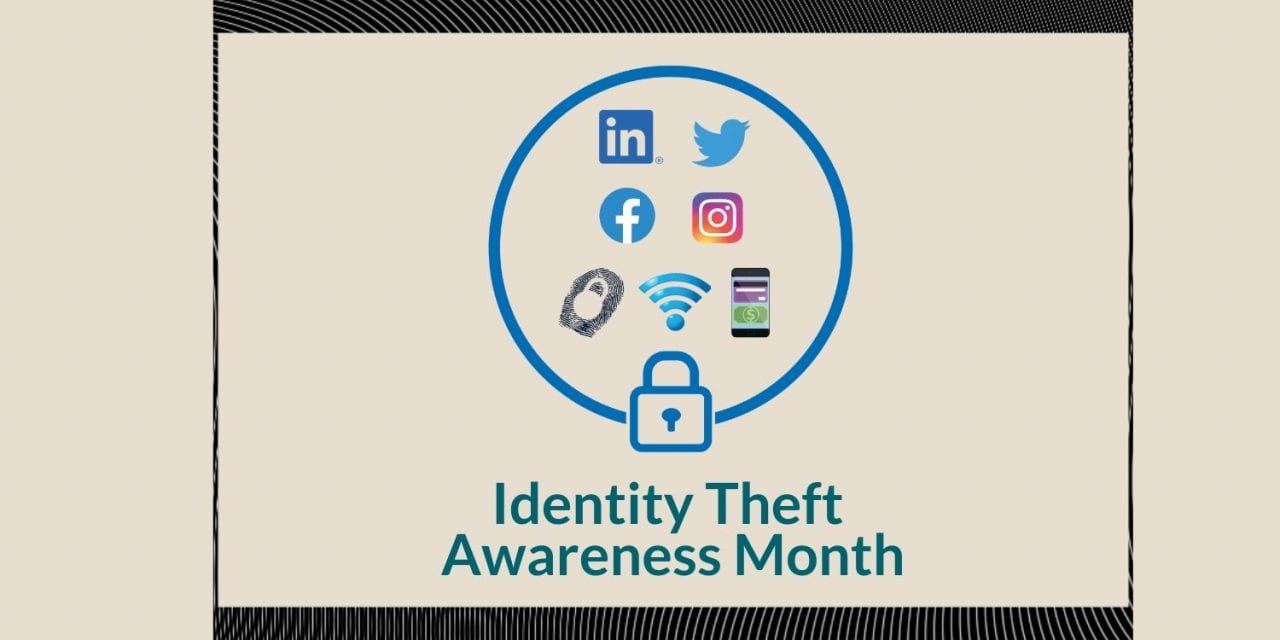On the precipice of the holidays, when we’re sharing life moments through social media, are overloaded with commitments, and are occupied fulfilling gift requests, we can overlook that we may be exposing ourselves to a potentially enormous identity theft risk. Suitably, December is Identity Theft Protection Awareness Month.
In March 2021, the U.S. Department of Defense released the twelfth edition of their Identity Awareness, Protection, and Management (IAPM) Guide. The U.S. Department of Defense creates this guide to help readers keep their identities private and secure online.
The guide details privacy considerations, recommendations, and step-by-step information to implement settings that maximize your online security. It outlines the Department of Defense’s do’s and don’ts for online dating services, mobile wallets, messaging apps, social networking services (Facebook, Instagram, LinkedIn, TikTok, Twitter), photo sharing and storage services, securing home Wi-Fi networks, health and fitness trackers, and more.
In 2020, the Federal Trade Commission (FTC) received 4.8 million identity theft and fraud reports, a 45 percent increase over 2019. Texas ranked third in the nation for the number of cybercrime victims with $313.6 million in losses. The forecast for 2021 places identity theft losses across the country at $721.3 billion. Consumers between 35 and 44 years of age account for 30 percent of all identity theft victims.
The Consumer Sentinel Network, maintained by the FTC, tracks consumer fraud and identity theft complaints filed with federal, state, and local law enforcement agencies and private organizations.
Download the U.S. Department of Defense Identity Awareness, Protection, and Management (IAPM) Guide

